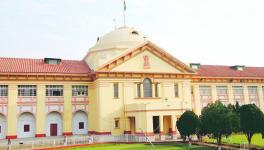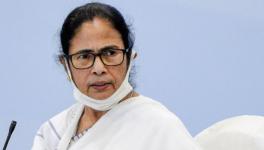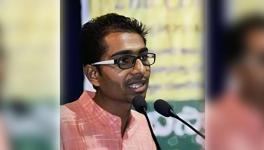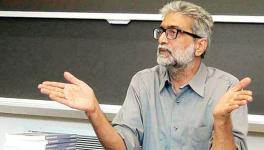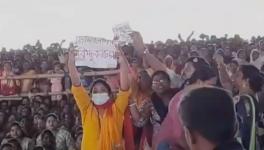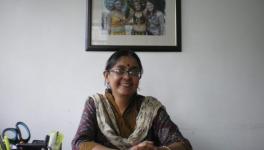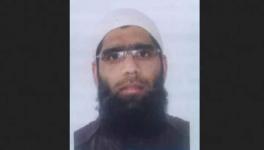Mecca Masjid Blast Case: How CBI and NIA Turned a Blind Eye to Evidences
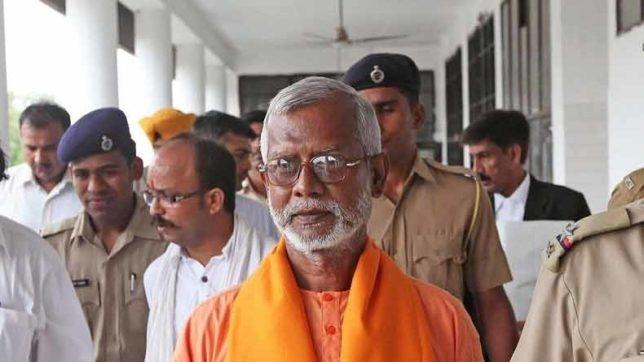
Image Courtesy: NewsX
After the acquittal of Swami Aseemanand and others accused in Mecca Masjid blast case, serious questions have emerged about the way investigative agencies conducted the investigations – only to be handled by a prosecution that had no interest in proving its case. The verdict delivered by NIA Special Court judge K Ravinder Reddy stated that the NIA has failed systematically in collecting evidences that could have proved the culpability of Aseemanand and other accused in the blasts that left nine dead and 59 injured.
The judgement showed that NIA failed to prove that accused Rajender Chowdary and Tejoram Parmar were in Hyderabad, when blasts took place, despite their confession that they had planted the bombs in the precincts of the mosque. In his confession, Chowdary had also drawn a sketch of the places the duo visited before the blasts, to do a recce. He was arrested from Ujjain in December 2012 and made a confession in front of NIA officers and two witnesses; both were central excise inspectors. It is surprising that such an important confession was not made before a magistrate from the city.
Chowdary, in his confession, had stated that he and Parmar arrived from Bhopal from a train in an unreserved compartment carrying two IED bombs. First, they conducted a recce around Char Minar area and entered the mosque at 7 am on May 18, 2007 as pilgrims. Both planted their IEDs inside the premises. One of the two bombs did not explode.
Judge Reddy said that the confession was not admissible in the court. NIA also did not collect any evidence which may connect Chowdary with the blasts. “No incriminating material was found in pursuance to the statement of A8 (accused number 8 Chowdary) connecting him with the Mecca Masjid blast case. The alleged confession of A8 is not admissible in the evidence, and it is hit by Section 26 of Evidence Act. In terms of Section 27 of Indian Evidence Act, if by any reason of statements made by accused some facts have been discovered, some would be admissible against person who made the statement — (that is) the information must relate distinctly to the fact discovered. In other words, articles recovered must be shown to have been connected with the offence,” stated the judgement.
It added, “Here nothing is seized or recovered, or any few facts is disclosed in pursuance of the statement of A8. Thus, the prosecution failed to prove as accused A8 planted the bomb along with Tejoram at Mecca Masjid on May 18, and there is no other corroborative piece of evidence connecting to A8 to the crime in this matter.”
Witness raises questions on investigation
Abdul Kaleem Shaik, the witness to whom Aseemanand had allegedly made a confession of his involvement in Mecca Masjid blasts, raised the questions over the investigation. Kaleem said that their entries were recorded in jail register and they were assigned even the inmate numbers. Judge Reddy had observed that NIA could have produced evidences that would have been helpful in proving that Aseemanand and Kaleem were lodged in the same jail at the same time.
“Is it so difficult to prove that two persons sent to judicial custody to Chanchalguda Jail, where entries are made, records are maintained and prisoners are given numbers, were there at the same time or not? (Accused) Lokesh Sharma and Devender Gupta were already there and then Aseemanand came. Sharma and Gupta were taken elsewhere and only Aseemanand was there in the barracks. We were together for a few days and that is a fact. That is what I told the court. I told this in Ajmer court as well as the Panchakula court where the prosecution made me a witness,’’ The Indian Express quoted
Trend of tampering with evidences
Rohini Salian, former Special Prosecutor in Malegaon blasts of 2006 and 2008, also raised questions on the functioning of the NIA. She said that the NIA made the accused as the main witness in two identical bomb blasts against each other. The move ensured the the witnesses will turn hostile. “Is it not strange that the prosecution thought it can allow one set of accused in an almost identical case of terror to be made a witness in another case. The result is predictable. They are bound to turn hostile,” The Wire quoted Salian as saying.
She emphasised that NIA also ignored fundamental evidences collected in investigation of Malegaon blasts. She said NIA had seized the laptop of one accused Dayanand Pandey, which had videographed tapes of meeting in which the conspiracy took place. "The laptop recovered from him had videotaped evidence of most conspiracy meetings, minutes of those meetings and names of some eminent persons,” said Salian.
She further questioned, “What could be more confirming evidence against them than the videotaped event showing the accused conspiring to topple the government and forming a government in exile in Israel.”
NIA's sidelining of evidences led to discharge of accused from the stringent MCOCA law in December last year.
Get the latest reports & analysis with people's perspective on Protests, movements & deep analytical videos, discussions of the current affairs in your Telegram app. Subscribe to NewsClick's Telegram channel & get Real-Time updates on stories, as they get published on our website.









